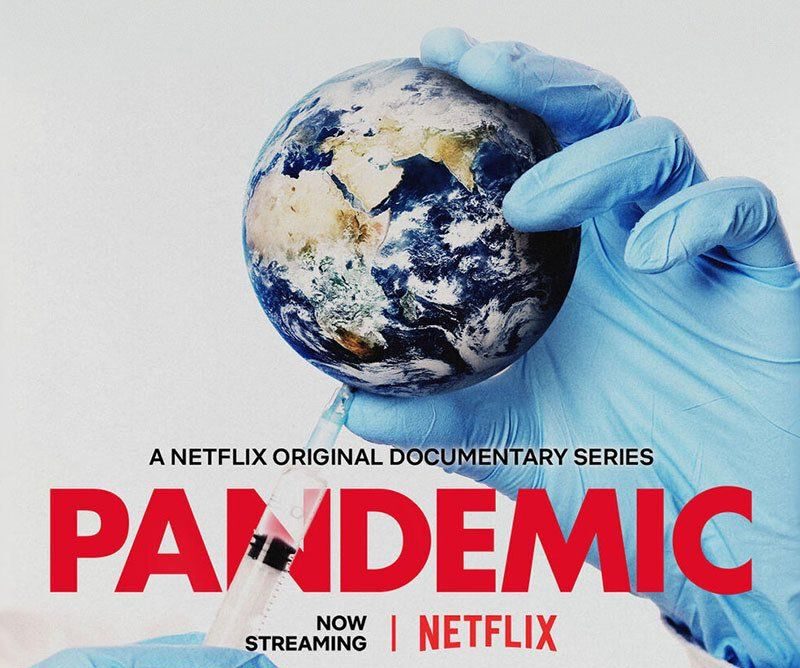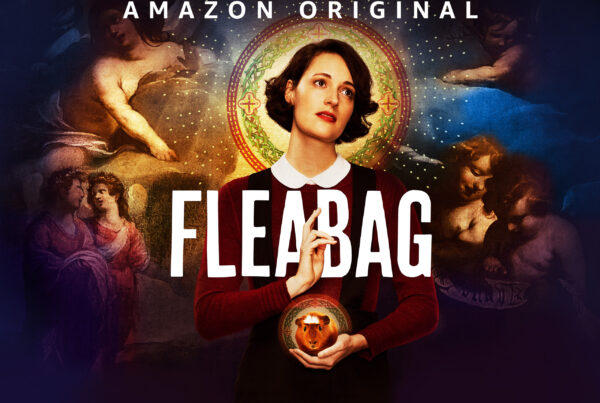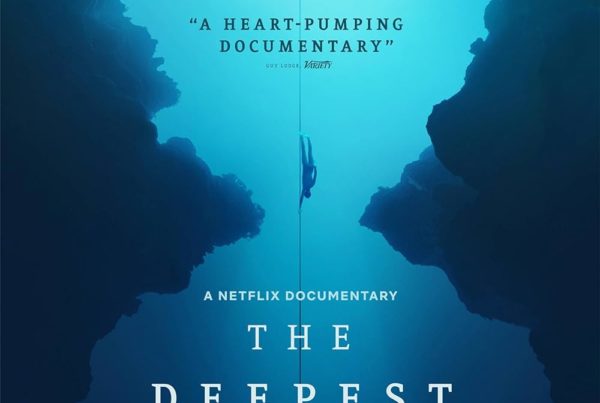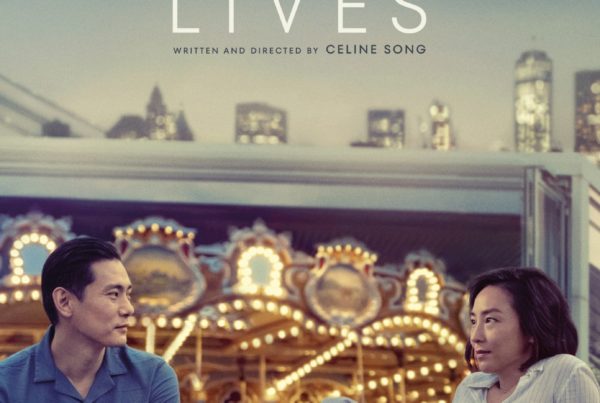

Pandemic: How to Prevent an Outbreak, is a Netflix docuseries composed of six episodes under an hour-long, released on January 22nd 2020. Somewhat coincidentally, its release came in the first month of the rapid spread of COVID-19, and as a result the series has managed to unravel the details of a topic in the zeitgeist, meaning the defining spirit of a time period. Thankfully, for a lot of us, this is the first time dealing with a pandemic directly and substantially affecting the way we live our lives. Due to this lack of experience, most of us are not well informed about viruses, vaccines, and especially not about the lives of those working on the front lines during pandemics. This is where Pandemic: How to Prevent an Outbreak comes in to shed some light on the world of immunologists, doctors, researchers, politicians, and even anti-vaxxers, covering the topics of monitoring, researching, and treating deadly pathogens.
With regards to the contents of the series, each episode is divided into six chapters, with ominous titles such as ‘911 won’t be enough’, ‘It Can’t be for the Money’, and ‘Hiding in Plain Sight’. It follows several individuals working in various fields in relation to pandemic crises, from a World Health Organization (WHO) doctor who handled the Ebola outbreak in the Democratic Republic of Congo, a politician in Oregon USA trying to pass a bill to prevent unvaccinated children going to school, to a research team trying to create a universal vaccine against all of the past strains of the flu. The beginning of the series provides information on the spread of the Spanish Influenza (first strain of H1N1), which spread in 1918 and served as a warning in the series for how devastating a flu pandemic can be depending on its characteristics. Other outbreaks such as the bird flu (SARS), swine flu (2010 strain of H1N1), ebolavirus, and even the seasonal flu are covered as a way of exploring the effects of past outbreaks to identify the approaches and mistakes to be avoided for the future, as well as the lessons we have learned .
An example of a prediction that hit close to home is Dr. Syra Madad’s explanation of what would happen if a viral infection were to land in New York City. Given the high number of commercial flights flying in and out, and the high population density in the city, as well as no prior immunity, people would cause undetected and aggressive spreading, and incapacitate hospitals just like in 1918. The simulation of spread indicated that in one month, the virus could spread from New York to the rest of the country, and in two months, to the whole world. Unfortunately, this is something you could observe in real-time with the spread of COVID-19. Another interesting parallel is the occasional focus on the religious practices of the experts on the series, highlighted by episode five’s title ‘Prayer Might Work’, as we can see currently many people are turning to their religious beliefs for support. This can, if not done with safety precautions in mind, be detrimental. As could be seen in the news, some religious groups continue to meet despite the recommendations or mandates of social distancing, unless the country hasn’t actively allowed religious meetings of larger groups to be allowed. Religious leaders can spread the false feeling of being able to eradicate a pandemic through prayer, rather than taking careful safety measures and waiting for the development of a vaccine.
Overall, the series emphasizes on why pandemics are an issue of global significance, and during this time of social distancing and quarantines, I don’t think anyone needs extra convincing. Interestingly, the series also presents a segment on the lives of people who do not believe in vaccinations, and actively oppose any governmental action towards implementing mandatory vaccination, otherwise known as anti-vaxxers. Including a perspective which goes against the general idea of the rest of the series of the danger of viruses and the value of scientific knowledge, the topic is enriched with the complexity of the issue when it comes to handling such a crisis. In the words of Dr. Michel Yao, ebola incident manager from the WHO, ‘we can count on science, we can count on medicine, but we cannot count on human behavior’. In Dr. Yao’s case, some ebola crisis centers were attacked by local armies who believed ebola was intentionally spread by western powers, killing multiple doctors fighting to keep local citizens alive. As much as experts might know and strive to help their communities around them, it is difficult to predict how the psychology of a situation such as panic might change the development of a pandemic response.
In terms of my personal take on the series, as a psychology student who enjoys learning about how other people live their lives, I really appreciated the human aspect of the series. I believe showcasing the personal experiences of those dedicating their careers to the study and preparation for pandemics, as well as those on the front lines when an outbreak occurs, brings a more tangible understanding of what a deadly pathogen can do. Especially in our times, a series acknowledging the great sacrifices these individuals have to make in order to try to both prevent and contain an outbreak, is extremely important. It’s necessary not only to educate on a topic, but also to ensure that what is taught has some additional emotional impact to actually push the audience to take such an issue seriously and be cautious. One could also argue that there is a distracting focus on the family lives of the main individuals in the series, and especially on their religious practices. I perceive this as a way for the audience to grasp how those who put their lives on the line cope with the pressure and stress of doing what they do. Overall, I found the docuseries eye-opening, as it exposed me to research and the high stakes work of those in this field, and the global need to treat such threats with seriousness.
The series’ warning of another pandemic not being ‘a matter of if, but when’, is truly apparent in the world we live in today. This future forecast, coupled with predictions of an increase in natural disasters, and a contemporary pandemic revealing inadequacies in the socioeconomic and medical systems all around the world, makes for quite a pessimistic, challenging future. In response to that, an interesting thought was brought up in the series by Dr. Dennis Carroll who is now the leader of the Global Virome Project in the movement for unknown viral threat detection: three thousand years ago, Rome was professed to be the eternal city given its political standing, and yet the great buildings of that time are now ruins. In Dr. Carroll’s words, ‘we think that the world we live in is permanent, but all things must pass, and to avoid the worst consequences of change, we have to change how we live on this planet, and if we don’t, we are going to pay a severe price.’
This docuseries is out now on Netflix.

Pandemic: How to Prevent an Outbreak, is a Netflix docuseries composed of six episodes under an hour-long, released on January 22nd 2020. Somewhat coincidentally, its release came in the first month of the rapid spread of COVID-19, and as a result the series has managed to unravel the details of a topic in the zeitgeist, meaning the defining spirit of a time period. Thankfully, for a lot of us, this is the first time dealing with a pandemic directly and substantially affecting the way we live our lives. Due to this lack of experience, most of us are not well informed about viruses, vaccines, and especially not about the lives of those working on the front lines during pandemics. This is where Pandemic: How to Prevent an Outbreak comes in to shed some light on the world of immunologists, doctors, researchers, politicians, and even anti-vaxxers, covering the topics of monitoring, researching, and treating deadly pathogens.
With regards to the contents of the series, each episode is divided into six chapters, with ominous titles such as ‘911 won’t be enough’, ‘It Can’t be for the Money’, and ‘Hiding in Plain Sight’. It follows several individuals working in various fields in relation to pandemic crises, from a World Health Organization (WHO) doctor who handled the Ebola outbreak in the Democratic Republic of Congo, a politician in Oregon USA trying to pass a bill to prevent unvaccinated children going to school, to a research team trying to create a universal vaccine against all of the past strains of the flu. The beginning of the series provides information on the spread of the Spanish Influenza (first strain of H1N1), which spread in 1918 and served as a warning in the series for how devastating a flu pandemic can be depending on its characteristics. Other outbreaks such as the bird flu (SARS), swine flu (2010 strain of H1N1), ebolavirus, and even the seasonal flu are covered as a way of exploring the effects of past outbreaks to identify the approaches and mistakes to be avoided for the future, as well as the lessons we have learned .
An example of a prediction that hit close to home is Dr. Syra Madad’s explanation of what would happen if a viral infection were to land in New York City. Given the high number of commercial flights flying in and out, and the high population density in the city, as well as no prior immunity, people would cause undetected and aggressive spreading, and incapacitate hospitals just like in 1918. The simulation of spread indicated that in one month, the virus could spread from New York to the rest of the country, and in two months, to the whole world. Unfortunately, this is something you could observe in real-time with the spread of COVID-19. Another interesting parallel is the occasional focus on the religious practices of the experts on the series, highlighted by episode five’s title ‘Prayer Might Work’, as we can see currently many people are turning to their religious beliefs for support. This can, if not done with safety precautions in mind, be detrimental. As could be seen in the news, some religious groups continue to meet despite the recommendations or mandates of social distancing, unless the country hasn’t actively allowed religious meetings of larger groups to be allowed. Religious leaders can spread the false feeling of being able to eradicate a pandemic through prayer, rather than taking careful safety measures and waiting for the development of a vaccine.
Overall, the series emphasizes on why pandemics are an issue of global significance, and during this time of social distancing and quarantines, I don’t think anyone needs extra convincing. Interestingly, the series also presents a segment on the lives of people who do not believe in vaccinations, and actively oppose any governmental action towards implementing mandatory vaccination, otherwise known as anti-vaxxers. Including a perspective which goes against the general idea of the rest of the series of the danger of viruses and the value of scientific knowledge, the topic is enriched with the complexity of the issue when it comes to handling such a crisis. In the words of Dr. Michel Yao, ebola incident manager from the WHO, ‘we can count on science, we can count on medicine, but we cannot count on human behavior’. In Dr. Yao’s case, some ebola crisis centers were attacked by local armies who believed ebola was intentionally spread by western powers, killing multiple doctors fighting to keep local citizens alive. As much as experts might know and strive to help their communities around them, it is difficult to predict how the psychology of a situation such as panic might change the development of a pandemic response.
In terms of my personal take on the series, as a psychology student who enjoys learning about how other people live their lives, I really appreciated the human aspect of the series. I believe showcasing the personal experiences of those dedicating their careers to the study and preparation for pandemics, as well as those on the front lines when an outbreak occurs, brings a more tangible understanding of what a deadly pathogen can do. Especially in our times, a series acknowledging the great sacrifices these individuals have to make in order to try to both prevent and contain an outbreak, is extremely important. It’s necessary not only to educate on a topic, but also to ensure that what is taught has some additional emotional impact to actually push the audience to take such an issue seriously and be cautious. One could also argue that there is a distracting focus on the family lives of the main individuals in the series, and especially on their religious practices. I perceive this as a way for the audience to grasp how those who put their lives on the line cope with the pressure and stress of doing what they do. Overall, I found the docuseries eye-opening, as it exposed me to research and the high stakes work of those in this field, and the global need to treat such threats with seriousness.
The series’ warning of another pandemic not being ‘a matter of if, but when’, is truly apparent in the world we live in today. This future forecast, coupled with predictions of an increase in natural disasters, and a contemporary pandemic revealing inadequacies in the socioeconomic and medical systems all around the world, makes for quite a pessimistic, challenging future. In response to that, an interesting thought was brought up in the series by Dr. Dennis Carroll who is now the leader of the Global Virome Project in the movement for unknown viral threat detection: three thousand years ago, Rome was professed to be the eternal city given its political standing, and yet the great buildings of that time are now ruins. In Dr. Carroll’s words, ‘we think that the world we live in is permanent, but all things must pass, and to avoid the worst consequences of change, we have to change how we live on this planet, and if we don’t, we are going to pay a severe price.’
This docuseries is out now on Netflix.



